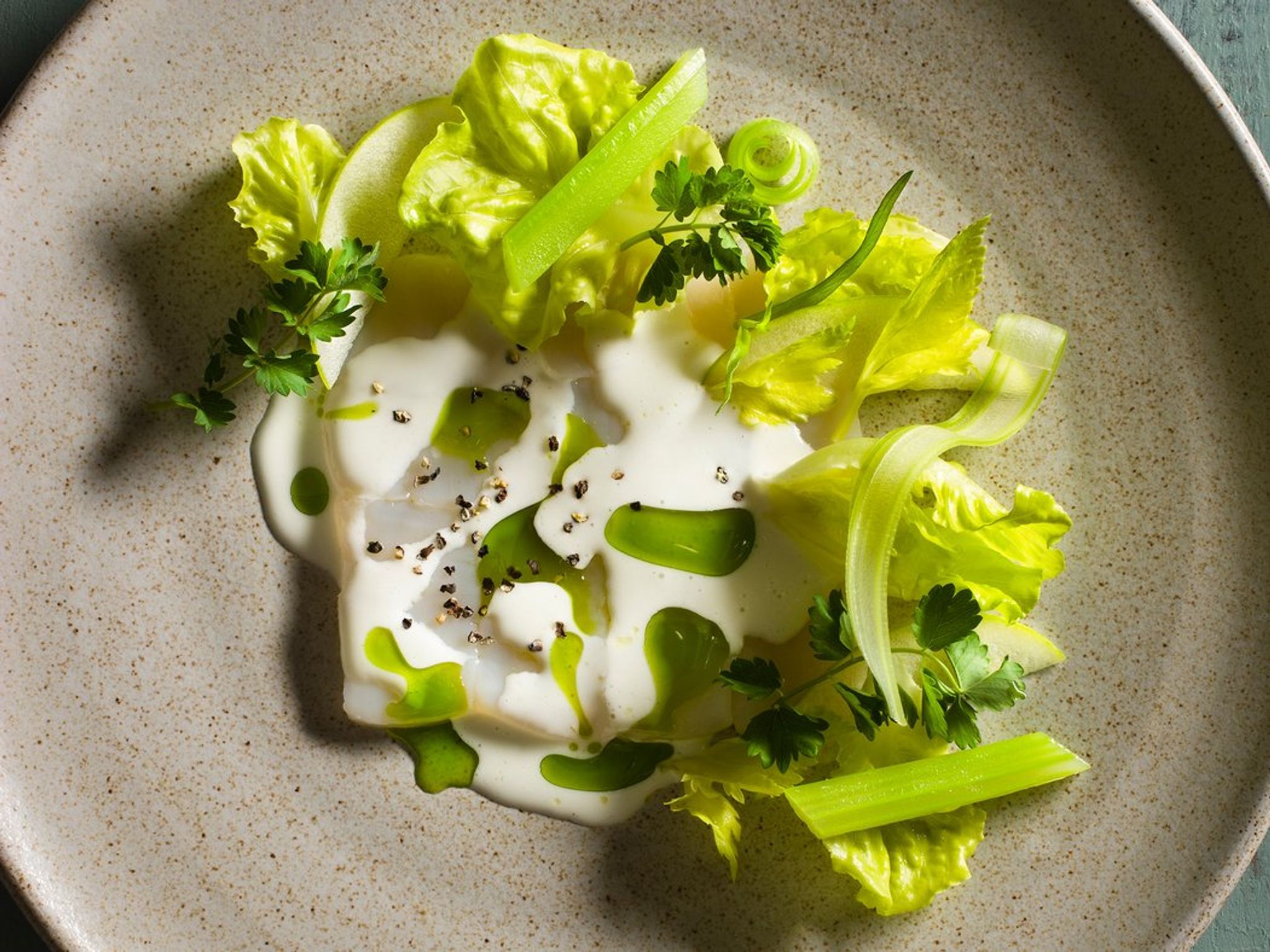No products in the cart.









Cary Wong
Before the read
They prioritize eco-friendly practices like farm-to-table sourcing and zero-waste cooking, offering fresh, planet-friendly meals that excite food lovers.
Small swaps like using compostable packaging or foraging local ingredients can make a big difference in cutting waste and emissions.
It brings fresher flavors to the plate while supporting local farmers and reducing the carbon footprint of food transport.
Before the read
They prioritize eco-friendly practices like farm-to-table sourcing and zero-waste cooking, offering fresh, planet-friendly meals that excite food lovers.
Small swaps like using compostable packaging or foraging local ingredients can make a big difference in cutting waste and emissions.
It brings fresher flavors to the plate while supporting local farmers and reducing the carbon footprint of food transport.
Sustainability is the ability to maintain or support a process continuously over time, according to a definition by Investopedia. Though easily defined, it is not always easy to live by. With our planet undergoing massive changes, however, humans must manage the way we live in order to maintain our existence and thrive alongside all other living things in the world.
This is a theme that applies to every aspect of our being, including economy, environment, and society. It is also playing a big role in the food and beverage industry, where sustainable restaurants are rethinking their practices to lower their environmental footprint and respond to customer demand for greener dining.

There are clear, low-hanging fruits that could be easily picked, like using recyclable or compostable packaging and paper towels, minimizing the use of single-serve condiments, and using fewer single-use plastics and take-out containers to reduce waste.
However, the most forward-thinking restaurants do a lot more than the obvious to reduce their environmental impact.
One major area of focus is ingredient sourcing. Increasingly, restaurants are working with local farmers, ranchers, fishermen, and producers to reduce transportation emissions and support their communities.
Some even adopt a “zero-kilometer philosophy,” where everything on the menu comes from natural local ingredients. Often called farm-to-table dining, this approach not only reduces environmental impact but also improves the quality and freshness of the dishes made.
Beyond farms, chefs are turning to the wild. Foraging has made a comeback, allowing chefs to incorporate mushrooms, herbs, and vegetables directly from forests and fields. As Will Conway of Wildflower Farms put it in an interview with Vogue, “Foraging gives people an outlet to literally consume the wild and feel the power of the natural world.”

Restaurants in specific locales are also showcasing little-known endemic products that often come from indigenous communities. In Peru, chefs Virgilio Martínez and Pía León are leading the charge with their research arm, Mater Iniciativa, which uncovers little-known endemic ingredients from indigenous communities. At their acclaimed restaurant Central, these discoveries are showcased in dishes that reflect the country’s biodiversity and food heritage.
“There is a trust that happens here where people are not just coming for something tasty, they are coming for what is supposed to be the truth of food, of enjoyment and fun, and to be a part of our philosophy,” Chef Martínez said in an interview with Nuvo magazine.
Inside the kitchen, chefs are embracing age-old techniques to extend the lives of ingredients. Fermentation and canning allow restaurants to reduce food waste while creating unique flavors. From pickles and kombucha to garum and sourdough bread, fermentation has become a cornerstone of sustainable gastronomy.
Thanks to the pioneering work of René Redzepi and David Zilber at Noma, restaurants worldwide are rethinking how to use food scraps. Leftover fruits become beverages, vegetable skins turn into sauces, and overlooked cuts of meat transform into deeply flavorful condiments.
“The world of fermentation is where you’ll find a lot of flavors that give that richness, the effect of, ‘Ahh, I feel like I’ve eaten something,’” Chef Redzepi said in an interview with thekitchn.

Another major sustainability shift is happening at the menu level. Many top restaurants are embracing plant-based or meat-free dining to lower their carbon footprint. In 2021, Copenhagen’s Geranium removed meat from its menu, while New York’s Eleven Madison Park went fully plant-based the same year.
As chef Daniel Humm explained in an interview, the change not only reduced environmental impact but also inspired creativity. He said that prior to the menu change, it felt like his meals were similar to every other fine dining restaurant. After the shift, “we’re much more inspired by the entire world… really cooking from the ground up.”
Zero-waste dining complements this movement. Restaurants like Frea in Berlin go beyond food to reuse scraps for compost, creating closed-loop systems where nothing goes to waste.
Sustainability-minded chefs are also rethinking how to use ingredients once considered undesirable. Offal, food scraps, and even insects are finding their way onto menus, reducing waste while offering diners new experiences.
Sustainability is a powerful way to support personal health, environmental preservation, and global food equity. Everyone can do their part in reducing their carbon footprint, conserving natural resources, and promoting ethical food systems. Though each individual has their own approach, even small changes like reducing meat consumption or avoiding food waste can collectively make a significant impact.
Embracing sustainable eating should not only be a trend but also a powerful step toward a more resilient, compassionate, and bright future for people and the planet. And that is a goal that everyone shares.
The Wrap








